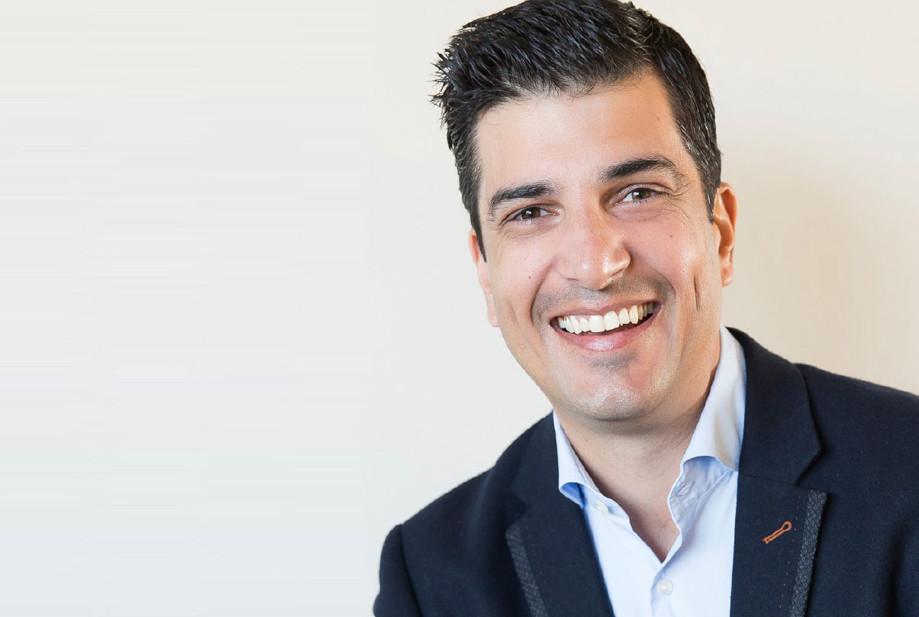On November 8th the Radiology community celebrates the eighth global International Day of Radiology (IDOR 2019). November 8th marks a poignant moment in radiology history; the day that Wilhelm Conrad Röntgen discovered the existence of X-Rays in 1895.
The theme for 2019’s IDOR is Sports Imaging. Sports Imaging is a sub-speciality within Radiology which focuses on the parts of the body commonly injured by athletes or people partaking in sporting activities. Within Radiology we use the term Musculoskeletal (MSK). This covers all areas of the body which contain bones, joints and soft tissues.
We meet some of our Radiologists and find out why this sub-specialty of continues to peak their interest.
Dr Sanjay Dhupelia B.Sc MBBS, FRANZCR
Dr Sanjay Dhupelia was awarded a Bachelor of Surgery and a Bachelor of Medicine from the University of Queensland in 2002 and trained as a Radiologist at the Royal Brisbane Hospital in Queensland. He undertook a Neuroradiology imaging Fellowship at the Royal Brisbane Hospital and at Queensland X-Ray. Following this he completed a cross sectional and interventional Musculoskeletal Imaging Fellowship at St Paul’s Hospital in Vancouver, Canada. He joined Queensland X-Ray in 2011 and works in private practice in Brisbane and on the Gold Coast.
He is a Senior Lecturer at the University of Queensland and is past president of the Australasian Musculoskeletal Imaging Group (AMSIG)
Firstly; why did you choose to embark on a career in Radiology?
I always wanted to work in medicine after seeing my father work as a GP in Millmerran and Toowoomba. I was first exposed to Radiology when I did my grade 11 work experience in Radiology with Peter Storey at Queensland X-Ray St Vincent’s Hospital Toowoomba in 1994. When I started work as a junior doctor I quickly realised that no matter what speciality, Radiology was absolutely critical to patient care. The technology is exciting and is moving so quickly it is driving new treatment paradigms for patients.
When/why did you take a particular interest in Musculoskeletal Imaging?
Australians love to be active and play sports. As a Musculoskeletal Radiologist I am presented with a wide variety of presentations from high level athletes to “weekend warriors”. We image patients using multiple different imaging modalities. Musculoskeletal imaging is highly reliant on ultrasound which provides me the opportunity to interact with patients. We do a large number of imaging guided interventions which can be very challenging but also very rewarding. There is never a dull moment!
Based on your experience, what sports and sports injuries are most commonly presented to Radiologists?
The presentations differ depending on whether I am working at a hospital site or at the community practice. At our hospital practices, we see a lot of trauma. In our community sites we see athletes with injuries and common presentations such at Tennis elbow, Jumper’s knee and Mother’s wrist.
What is the most interesting sports injury/MSK injury you have been presented with?
We had an elite swimmer present with a clunking wrist every time he performed a freestyle stroke which was affecting his performance. On further questioning it turned out he had had a skateboarding injury some time ago and fallen onto his hand. We noted deficiency of the extrinsic wrist ligaments on MRI and through the use of novel 4D dynamic CT we were able to make the uncommon diagnosis of mid carpal instability (abnormal movement between the two rows of bones in the hands) resulting in his hand clunking under pressure.

